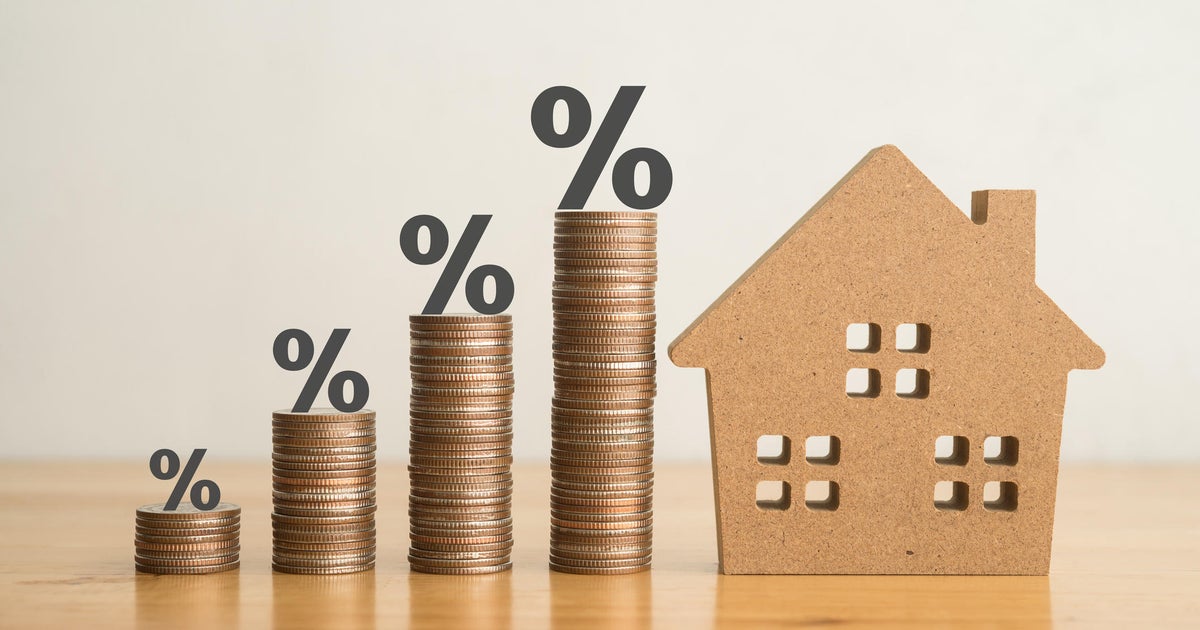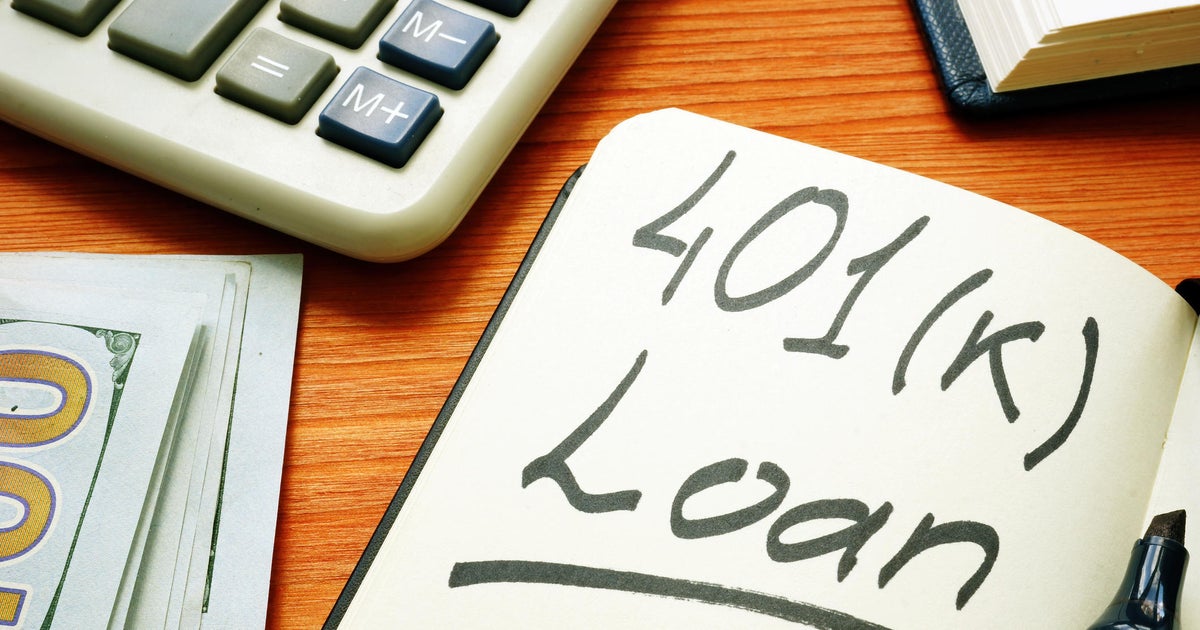How the Federal Reserve's first rate cut since 2020 could impact your credit card payments
Thanks to the double-whammy of inflation and higher interest rates, Americans have amassed a $1.1 trillion mountain of credit card debt. Borrowers who are carrying balances may soon get some modest relief after the Federal Reserve cut its benchmark interest rate for the time since 2020.
The central bank on Wednesday lowered rates by 0.50 percentage points as it pivots from fighting inflation to shoring up the labor market. The cut puts the federal funds rate — what banks charge each other for overnight loans — in a range of 4.75% to 5%, down from its prior range of 5.25% to 5.5%, which had been its highest level in 23 years.
The Fed is expected to further ratchet down borrowing costs over the rest of the year and into 2025, giving consumers some sorely needed relief.
Millions of Americans have racked up credit card debt in recent years as more families have relied on plastic to pay for household expenses amid price increases for everything from groceries to rent. While inflation has now cooled to below 3% on an annual basis, people who are carrying credit card balances are getting socked by historically high annual percentage rates, which make it harder to dig out from debt.
The average APR on a new credit card offer now stands at 24.92%, the highest since LendingTree began tracking new rates in 2019, according to the financial services site.
About 4 in 10 Americans carry a credit card balance, according to Fed data. The average balance is about $6,900, LendingTree says.
Because credit card rates generally track the federal funds rate, the cut should eventually trickle down and lead to lower APRs for people who carry balances. Initially, however, any savings are likely to be modest.
"While lower rates are certainly a good thing for those struggling with debt, the truth is that this one rate cut isn't really going to make much of a difference for most people," LendingTree chief credit analyst Matt Schulz said in an email to CBS MoneyWatch.
Difference between a 0.25 and 0.5 percentage point cut
Take someone with a $5,000 balance on a credit card with a 24.92% APR. Assuming payments of $250 each month, it would take the person 27 months to pay off the balance and cost an additional $1,528 in interest, Schulz noted.
- If the credit card issuer reduces its APR by 0.25 percentage points, to 24.67%, the borrower would still need 27 months to pay down the bill, but the interest would be $1,506 — a savings of $22 over that period, or less than $1 a month.
- If the issuer cut the rate by 0.5 percentage points, it would take 26 months to pay off the balance and cost $1,485 in interest. That would save a month of payments but also reduces the interest costs by $43, or about $1.50 a month.
The bigger impacts may come later in the year or in 2025 if, as expected, the Fed continues pushing down interest rates. Many economists are forecasting the federal funds rate will drop to 3% to 3.5% by May 2025, or more than two percentage points lower than today.
In the meantime, Schulz recommends that consumers "take matters into their own hands." For instance, people with credit card debt can consolidate their debts with a 0% balance transfer card, or look into a personal loan, which typically has a much lower rate than credit cards.
"When looking for a new loan, shopping around and comparing rates from multiple lenders can lead to big savings, too," Schulz said. "It is all absolutely worth your time."



